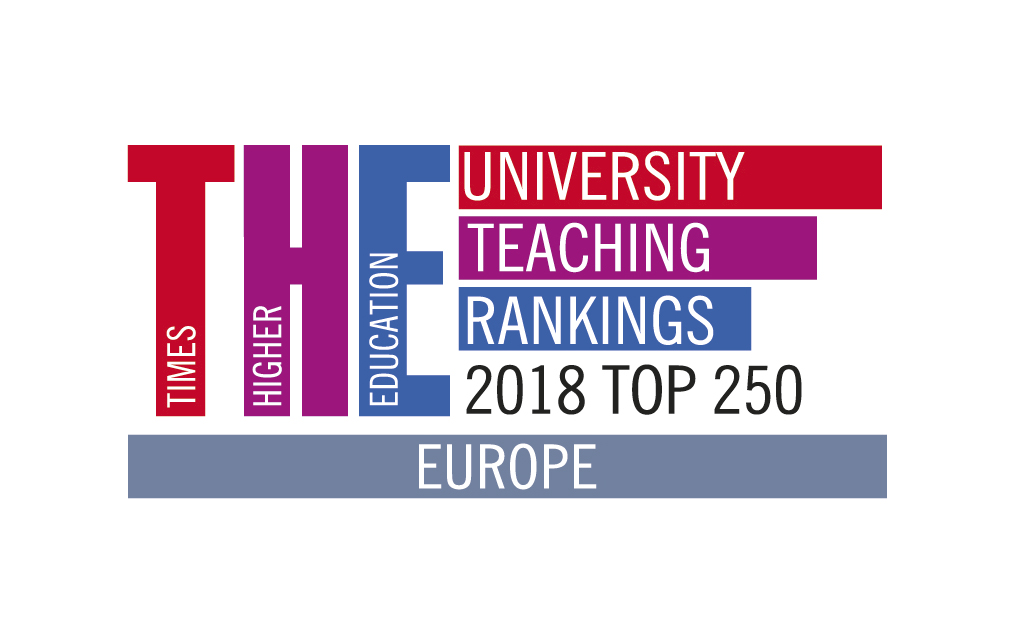The Times Higher Education ranking highlights the UOC's engagement with its students
It is the only online university in Spain to appear in the study and is highlighted for the gender balance among its teaching staff
This is the first time that the UOC has appeared in one of the Times Higher Education (THE) rankings, specifically in the pilot edition of the Europe Teaching Rankings 2018, and it has received special recognition in two areas: engagement with its students, and the gender balance among students and teachers. The study evaluated 242 European universities and the UOC is the only online university from the 42 Spanish universities that appear in it. The results were announced at Cardiff University (UK) on Wednesday 11 July.
The THE ranking specifically analyses four aspects: engagement with students, effective teaching resources, optimal outcomes for students and an inclusive environment. On a European level, the UOC has achieved its highest scores in engagement (ranking 138 out of 242) and inclusive environment (199 out of 242). The latter aspect analyses the gender balance among students and teaching staff. Nationally, the UOC is again highlighted for its engagement with its community (ranked 25 out of a total of 42 universities analysed).
According to Maria Taulats, director of UOC Planning and Quality, the THE Europe Teaching Rankings is important because “it is the first global ranking that focuses solely on teaching and learning and establishes the interests and expectations of students as a centre of interest”.
What does this new ranking evaluate?
The indicator with the greatest weighting is engagement (40%). This analyses engagement with the students (10%), the interaction it maintains with them (10%), recommendation (10%), the training offered by the courses (5%) and the relationship with the job market (5%). The key data in this area come from a survey conducted on 30,000 students in 10 European countries.
The other area analysed is inclusive environment, which accounts for 20% of the overall score. The ranking considers the gender balance of the teaching staff (10%) and the gender balance of the students (10%).
The two final areas it analyses, resources and outcomes, each account for 20%. Resources quantifies the ratio of students per professor (7.5%), the ratio of articles per professor (7.5%) and the service quality (5%). By contrast, outcomes measures the academic reputation (10%), the graduation rate (5%) and skills development (5%).
Requirements to be in the ranking
Institutions may be analysed as long as they are from member states of the European Higher Education Area and the OECD, which offer officially-recognized higher education qualifications, have at least 5,000 students and have received at least 50 validated responses in the European Student Survey. Institutions from which it was not possible to obtain data, or those with limited data, were excluded.
At the top of the ranking was the University of Oxford. In Spain, the university with the highest ranking was Universidad de Navarra. It is worth noting the presence of the Catalan universities UB and UAB among Europe’s top 20, the UPF among the top 50, the URV among the top 100 and the UdL and the UPC among the top 125.
The data used for the ranking is obtained from various sources: information provided directly by the institutions, institution websites, the European Student Survey, the academic reputation survey and the bibliometric data available on Elsevier. Data from national statistical organizations were also used.
Press contact
-
Editorial department
